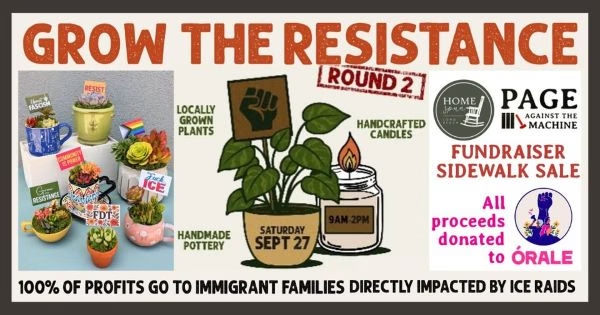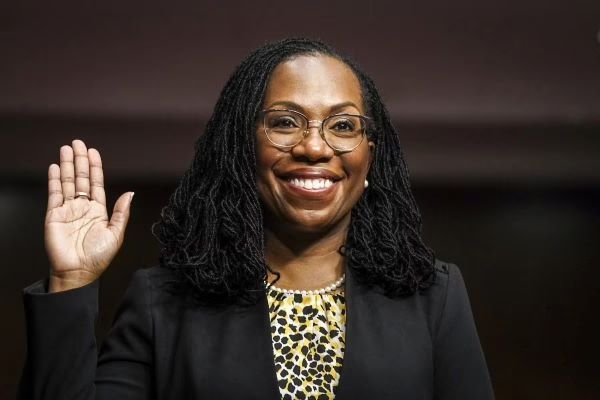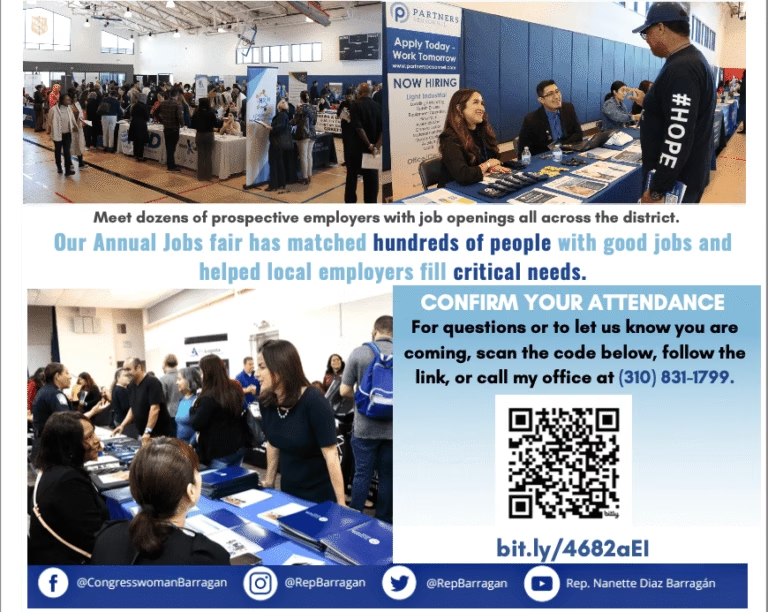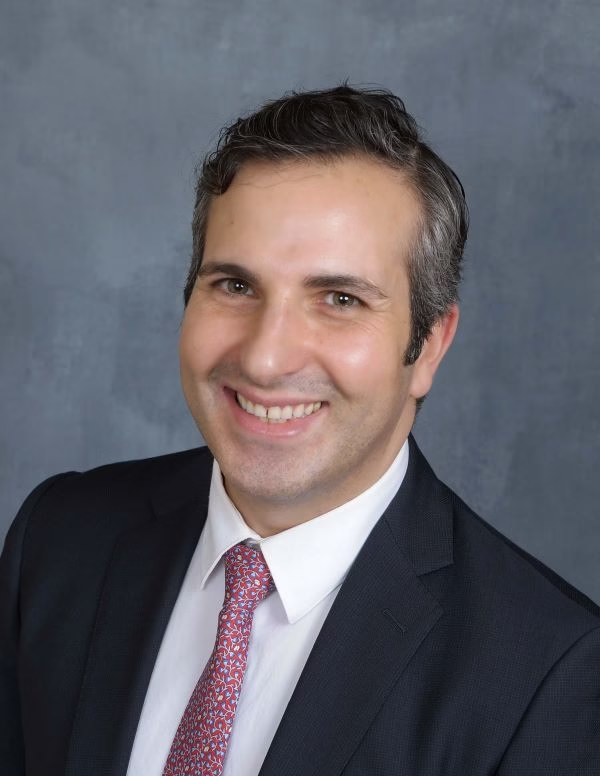Raising Hopes — and Fears — on Wilmington Refinery Land
When Phillips 66 announced it was shutting down operations at its Wilmington facility last year, many envisioned possibilities, including a site for affordable housing. Developing more than 400 acres, however, generally takes time. Less than a year after the initial October 2024 announcement, the Los Angeles City Planning Department issued a Notice of Preparation less than two weeks before Labor Day, complete with a vision, rendering and claimed community buy-in.
The presidents of the three neighborhood councils in San Pedro and the San Pedro Chamber of Commerce asked, “Who?”
Coastal San Pedro president Doug Epperhart said his board vice president, Dean Pentcheff, was the first to contact the city planning department via email to Kathleen King, the planner assigned to the Phillips 66 project.
Pentcheff and King had a Zoom call, during which she politely brushed him off. At that point, Wilmington Neighborhood Council President Gina Martinez and San Pedro Council presidents Ray Regalado and LaMar Lyons became involved, as well as Laurie Jacobs, hHomelessness liaison for the Northwest San Pedro Neighborhood Council.
“We had a Zoom call with Kathleen. Ray also prepared a letter, which was signed by me, LaMar, and Gina Martinez from Wilmington, seeking an extension that went to Tim McOsker,” Epperhart said.
At that meeting, King said they would not change the Sept. 12 deadline but would accept neighborhood council comments after the deadline, he recounted.
“So Tim, I don’t know who he talked to in Planning, told them they need a 90-day extension on this. Or this coming Friday, I can file a motion at the City Council. If there’s a hero, it would be Tim McOsker. He went to bat for us,” Epperhart said.
The Planning Department extended the comment period by 60 days, to Nov. 12.
Five Points Union Project
The Five Points Union Project proposes redeveloping the oil refinery’s 444-acre site, dividing it into two areas: a commercial and recreational Town Center in the north and an Industrial Center in the south. The plan is reminiscent of Enclave Harbor Gateway, minus a mixed-use residential component, which some skeptical neighborhood council leaders noted.
The Town Center would feature 337,000 square feet of retail and dining, including sit-down and drive-through restaurants, a grocery store, and a major big-box retailer such as Costco. The project also proposes a 60,000-square-foot indoor sports facility and community services, including a 500-square-foot police substation and a 5,000-square-foot meeting/work room.
In total, the Town Center would encompass about 402,500 square feet of floor area, with building heights up to 65 feet. It would also include surface parking and 27 acres of public outdoor space, including three acres of sports fields, two playgrounds, more than 3.5 miles of walking paths, and a new one-mile sidewalk along North Gaffey Street.
Industrial Center
The Industrial Center has two possible layouts: the reduced outdoor storage option and the additional outdoor storage option. Both maintain the same overall footprint, site access and layout, but differ in indoor versus outdoor space allocation. Buildings could be as tall as 115 feet, with areas for truck and trailer parking, as well as landscaped buffers.
- Reduced Outdoor Storage Option: Nearly 6 million square feet of industrial uses, 184,000 square feet of office space, and 402,500 square feet for commercial and recreational uses. About 24 acres of outdoor storage — including trailer parking and container areas — bring the total to about 6.57 million square feet.
- Additional Outdoor Storage Option: One building in the southeast corner would be reduced by 664,000 square feet, allowing more outdoor storage. Outdoor space would expand from 24 to 52 acres, with a total floor area of about 5.9 million square feet.
Site Improvements
The project would improve pedestrian and vehicle access, including upgrades to the existing truck tunnel beneath the I-110 Freeway connecting to John S. Gibson Boulevard. It would remove about 199,700 square feet of existing floor space, demolish large refinery tanks, process units, and related petroleum equipment, and include site remediation.
Remediation is a major concern for local activists. Janet Gunter criticized the project, particularly the redevelopment of the contaminated Phillips 66 site. She said developers appear to be leveraging the promise of removing the refinery — what she called a “big fat bomb” — to push the project through the city’s approval process. She questioned the feasibility, noting that over a century of industrial use has left the site deeply contaminated.
Gunter emphasized that remediation must be the top priority before development moves forward. She also criticized recent changes to state oversight, including the weakening of the California Environmental Quality Act, or CEQA review, arguing it risks allowing toxic contamination to be paved over without proper safeguards.
Dean Pentcheff of the Coastal San Pedro Neighborhood Council questioned the scope and sequencing of the Five Points project, noting that after the environmental impact report or EIR process, if all goes smoothly, it could take about a decade to complete.
“I’m a scientist. I’m not a CEQA expert, and I’m certainly not a lawyer,” Pentcheff said. “But I did submit comments on the SEIR and DEIR for the amphitheater project, particularly on the sequencing and scope of the environmental review.” Overall, he was complimentary of the process, though he has doubts about its future viability.
Such issues can trigger CEQA investigations, especially in projects with staged development.
“For example, building a single apartment complex may not require a full CEQA process.
“However, changes in land use — such as converting an urban residential area into light industrial — can alter the community’s character. In those cases, CEQA review is more likely needed because the impacts could be significant and long-lasting,” Pentcheff said.
Pentcheff said he’s not convinced that the developers actually surveyed a broad spectrum of the population about what people want in the area, as they claimed.
“Specifically, I’m thinking of things like neighborhood council meetings and workshops. … Generally speaking, people who attend these are already well-established homeowners.”
CEQA Changes
The Five Points Union Project coincides with recent changes in California’s CEQA rules. This year, the state shifted from incremental streamlining to a major overhaul, creating broad statutory exemptions for qualifying infill housing and certain “advanced manufacturing” projects.
In June, AB 130 and SB 131 were signed into law, exempting projects from CEQA meeting acreage, density, location, and other criteria. Projects on previously developed urban sites that meet density and plan-consistency tests generally qualify. Phase I or other environmental testing showing contamination still requires remediation or mitigation. Lead agencies also have new, relatively short decision deadlines for exempt projects.
Central San Pedro Neighborhood Council President LaMar Lyons said the project, as presently constituted, does not promote the best and highest use.
“The developers put a lot of emphasis on warehouses and not on creating career employment that is manufacturing in nature,” Lyons said. “The developers have created their own definition of community to fit their needs.”
If a project meets every exemption condition but one, CEQA review can be confined to that single issue rather than a full study. Senate Bill 131 created the first CEQA exemption for advanced manufacturing projects in properly zoned industrial areas, excluding protected lands.
Rick Pulido, a community activist with Coalition for a Safe Environment, emphasized the need for a balanced redevelopment plan in Wilmington that includes affordable housing and community-friendly amenities such as supermarkets, small retail shops and greenbelt areas. He said planning discussions should involve residents rather than decisions made by the port or outside agencies, noting the community has practical ideas for shaping the project.














